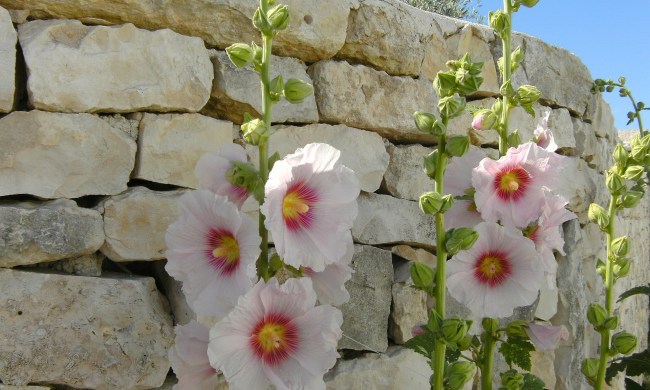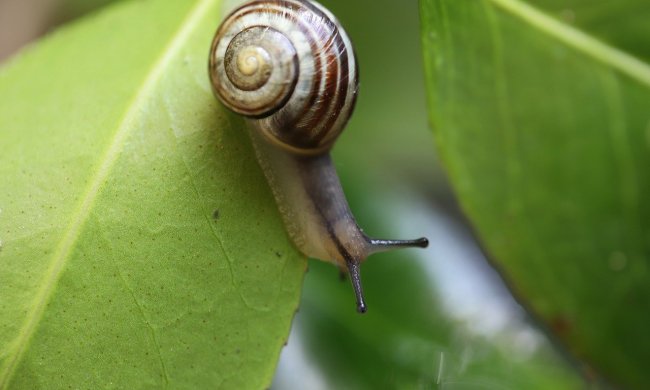Avocados are a favorite fruit for many of us. Some spread it on toast, others use Avocado oil to cook with, and we all know guacamole is extremely popular.
Though known for its many culinary uses, avocados are somewhat expensive. If the price of avocados has you in despair, you might be glad to know that you can grow an avocado tree in your own yard. They aren’t very difficult to grow, but do have some specific needs. To help you on your avocado-growing journey, we’ll explain how you can make sure your avocado trees are getting everything they need so you get all the delicious fruit you want.
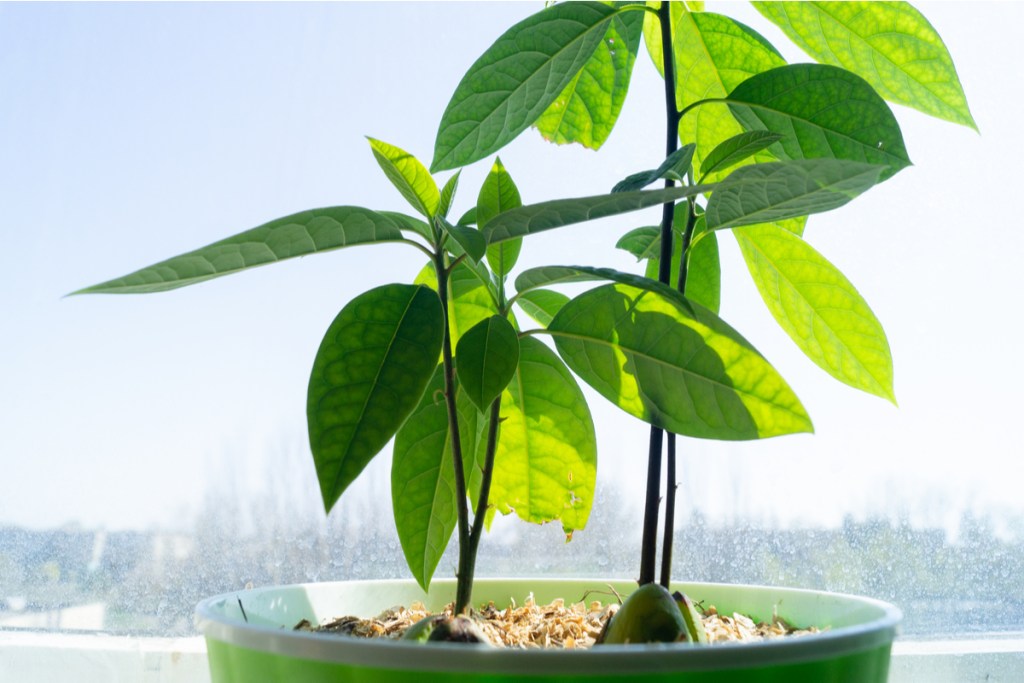
What nutrients do avocado trees need?
Avocado trees need a range of nutrients and micronutrients. Two of the most important nutrients for avocado trees are nitrogen and zinc. Nitrogen is used by plants mainly for growth; it promotes healthy development, which is critical to fruit-bearing trees. Zinc helps with fruit development. Avocado trees need zinc year-round, but especially during fruit production.
Trees also need phosphorus, potassium, calcium, boron, magnesium, manganese, and iron, all common to most fruiting plants. Potassium helps with general growth and fruit production. Phosphorus is used by flowering plants in flower production but in fruit trees helps with metabolism. Boron, manganese, and iron are used for general growth and good health, while calcium is used for strengthening roots.
For the average plant, nitrogen, phosphorus, and potassium are crucial. They aren’t necessarily the most important, but rather the three nutrients that are needed in the largest amount. Micronutrients such as boron, calcium, iron, magnesium, manganese, and zinc are equally important, and needed in smaller amounts.
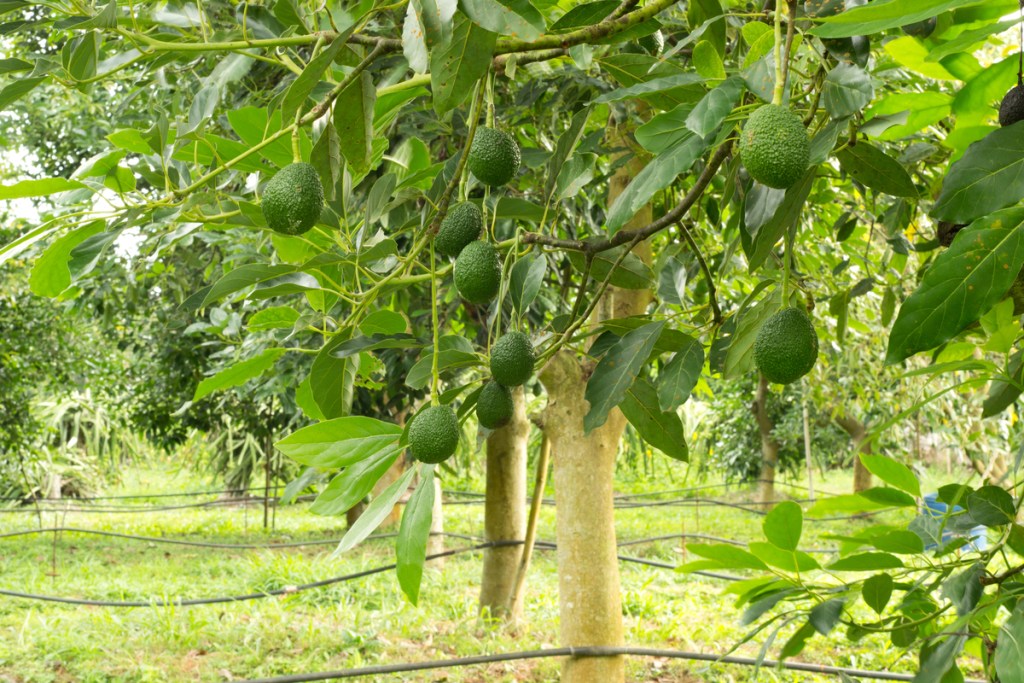
How to spot a deficiency
Before planting your avocado tree, you should do a simple soil test to determine your natural nutrient levels. This can help avoid deficiencies early on, but avocado trees have fairly shallow roots. That can lead to them use all the available nutrients, especially in poor soils. In that case, it’s important to keep a keen eye out for signs of a deficiency. The sooner one is caught, the sooner it can be fixed.
Nitrogen and zinc deficiencies both lead to smaller, yellowing leaves. With a nitrogen deficiency, veins of leaves turn yellow, while zinc deficiencies cause yellowing between the veins. Nitrogen deficiencies also dampen fruit production; you can expect to see less avocados in general and trees that drop leaves earlier than expected. Zinc deficiencies affect the avocados themselves. The avocados will be smaller and more round than would normally be expected from avocado trees. The University of California Davis’s College of Agricultural and Environmental Sciences has a comprehensive spreadsheet that details how to spot the symptoms of deficiencies, as well as pest damage and diseases and what to do about them.
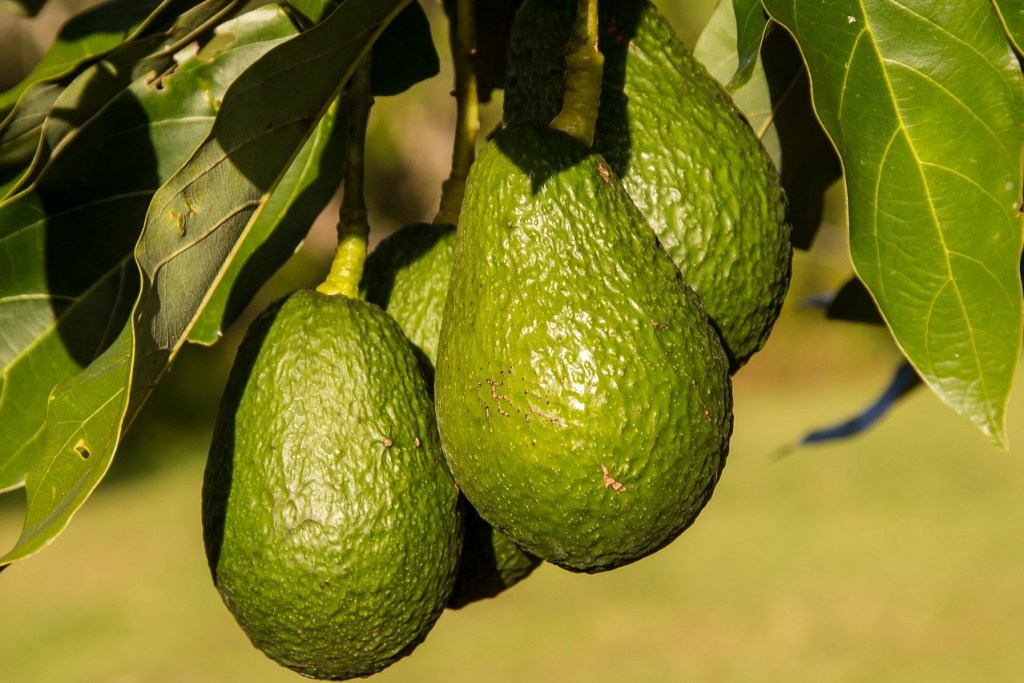
Feeding your tree
If you’ve tested your soil and found it lacking, or if you’re seeing signs of deficiencies, then it’s time to fertilize your tree. If you plan on getting your fertilizer from a retailer, look for fertilizers that are labeled for avocado trees or citrus trees. Citrus trees have very similar nutritional needs, so citrus tree fertilizers work great for avocado trees and are often easier to find.
If you’d like, you can also use homemade compost on your avocado trees. Balanced compost will already have all the nutrients and micronutrients plants need. Adding coffee grounds, fruit peels, and nuts to your compost will add extra nitrogen, while gourd seeds, watermelon seeds, and sesame seeds will add a boost of zinc. Breaking or crushing the seeds can help ensure you don’t accidentally turn your compost bin into a garden.
Now you know how to keep your avocado tree healthy and nourished. Give it a balanced diet with plenty of nitrogen and zinc. Keep an eye out for yellow leaves, smaller leaves, and smaller, rounder fruit. If you start seeing signs of a deficiency, testing your soil can help pinpoint the exact issue. This is especially useful during early symptoms, such as when the leaves are only just beginning to turn yellow, since many deficiencies have similar symptoms at first.


